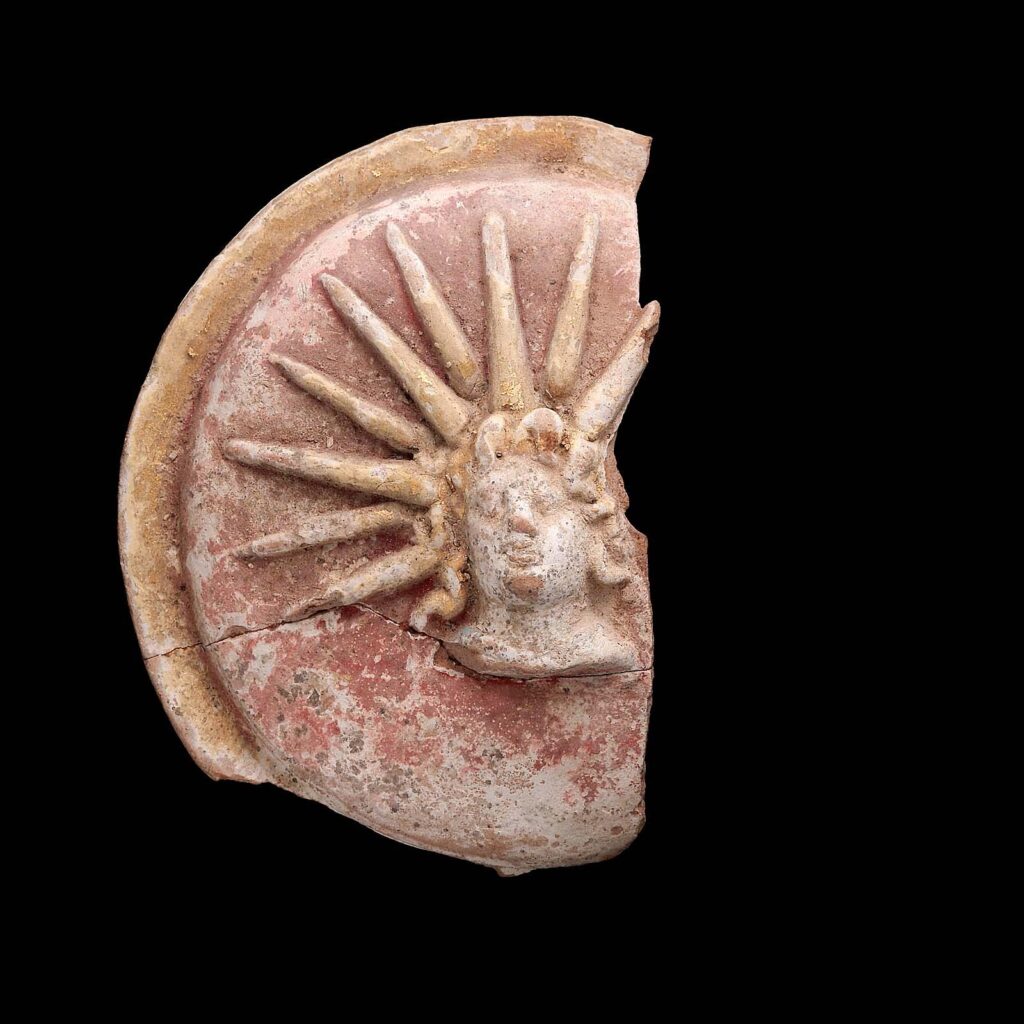2023 Year Ender

A lot of things happened in 2023! Because I am tired I am going to list them briefly.
I applied and interviewed for some professional jobs and found one last group of academic possibilities which still seems worth trying.
Read more

A lot of things happened in 2023! Because I am tired I am going to list them briefly.
I applied and interviewed for some professional jobs and found one last group of academic possibilities which still seems worth trying.
Read more
Today I will put on my Quote Investigator hat to ask a simple question: where did the cliche that technology makes the world smaller comes from? Back in 2005 Thomas Friedman had to torture metaphors to declare that The World is Flat because ‘the world is small’ was too common a topos in the business press. As I was refreshing my memory of the Manifesto of the Ninety-Three German Intellectuals defending Kaiser Wilhelm’s invasion of Belgium, I noticed a familiar phrase in the pacifist counter-manifesto. That sent me to Google Books to look for parallels.
Read more
Xenophon once uses the verb λευκόω “to whiten” to describe how anti-Spartan Athenians made shields to fight the pro-Spartan oligarchs:
The Thirty thereupon retired to Eleusis; and the Ten, with the aid of the cavalry commanders, took care of the men in the city, who were in a state of great disquiet and distrust of one another. In fact, even the cavalry did guard duty by night, being quartered in the Odeum and keeping with them both their horses and their shields; and such was the suspicion that prevailed, that they patrolled along the walls from evening onwards with their shields, and toward dawn with their horses, fearing continually that they might be attacked by parties of men from Piraeus. [25] The latter, who were now numerous and included all sorts of people, were engaged in making shields, some of wood, others of wicker-work, and in whitening them (ἐλευκοῦντο).
Xen. Hell. 2.4.24-25
As I was studying Aeneas Tacticus before the conference on Stadtbelagerungen zwischen Ost und West (Innsbruck, 12-13. October 2023) I found a passage which helps interpret this one!
Read moreIn the before times, I explained how Fiore talked about fencing the way shopkeepers talked about their wares and armed men talked about armour. But this is just one example of how his language comes out of a world of shops and skilled workers who judged each other by their skills and business practices. Here is another example from a painter’s manual (medieval books on painting are very similar to medieval books on fencing).
Read more
For the conference on city sieges in Innsbruck in October 2023, I have been reading or skimming all the ancient Greek and Roman manuals of siege warfare. This let me finally see another theory about how the Greeks got battering rams.
Read more
The 2010s were a difficult decade which destroyed our ability to believe in some solutions to problems, but did not provide alternative paths to follow. That decade left many of us in a state of what the Greeks called aporia. At the start of the decade, Jona Lendering had some thoughts about one problem, the spread of misinformation from bad pop books, documentaries, and the Internet. Here is how he saw it in the hopeful time around 2010.
Read more
The late George Cawkwell said that Xenophon’s Hellenica is for conoisseurs who can spot what he refuses to talk about or misrepresents. The whole year that he left out of his history may have been an accident, but he had strong ideas of what should and should not be talked about. Arrian’s Anabasis has some of the same quirks. Lets have a look at how he describes Alexander the Great’s march across Anatolia.
Read more(Alexander cut the Gordian Knot). Next day he started for Ancyra in Galatia, where he was met by a delegation of Paphlagonians, who expressed their wish to be on terms of friendship with him, offering the submission of their people, and begging him not to march their troops into his territory. Alexander in reply ordered them to take their orders from Calas the governor (satrapes) of Phrygia, and then proceeded to Cappadocia, where he received the submission of all territory bounded by the River Halys and also of a large tract to the west and north beyond it. Then, leaving Sabictas as governor (satrapes) of Cappadocia, he advanced to the Cilician Gates. When he reached the position where Cyrus had once encamped in his campaign with Xenophon, he found the Gates strongly held.
Arrian, Anabasis, 2.4 tr. Aubrey de Selincourt (Greek text here)